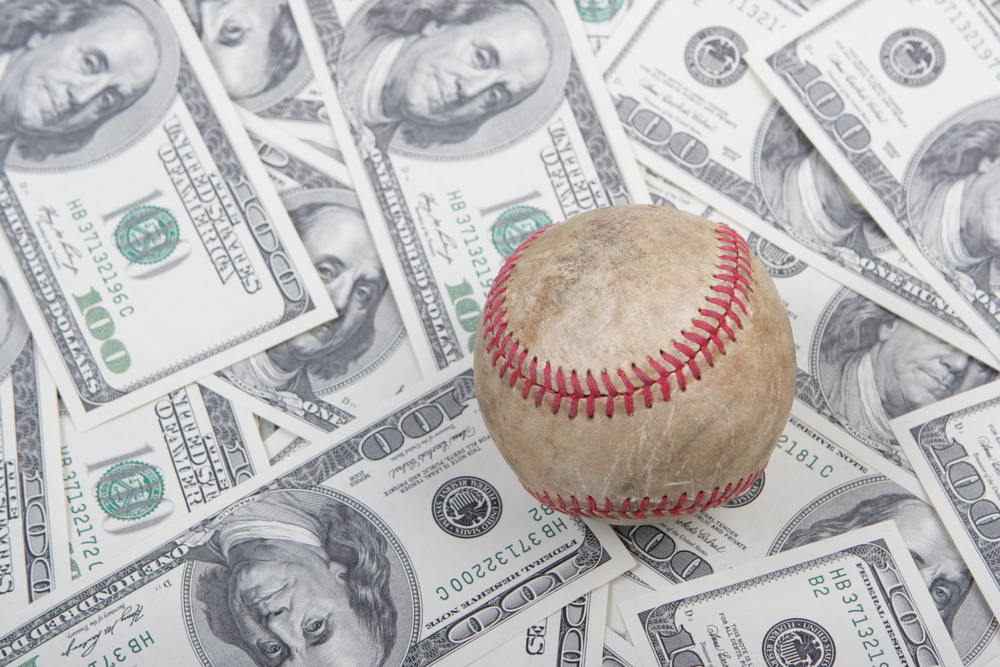As the saying goes, “Winning isn’t everything.” That is unless you’re the general manager of a Major League Baseball team. Then it’s probably the main thing. But in the baseball world, winners and losers are often separated by millions and millions of dollars. The smaller market have-nots can’t easily compete with their wealthier large-market counterparts that can spend much more money acquiring star players. Famously, however, the Oakland Athletics’ GM Billy Beane was able to buck this trend in the 1990s by using data analysis to craft a winning team on a relatively small budget. The subject of the book and movie Moneyball, Beane recounted his story in his keynote address this morning at the the RIMS 2012 Annual Conference & Exhibition in Philadelphia.
Beane talked about how his unsuccessful playing career first gave him experience with the proper valuation of assets. As a young prospect, Beane was a first-round draft pick and projected to be a star. But it turned out he was an “overvalued asset” and as he said, he just didn’t have the skills. Beane only played for a few years, compiling a meager .219 career batting average. As an executive, Beane didn’t want to make the same mistakes, particularly since his team didn’t have the money to spend on a pick that didn’t pan out. His cash-strapped team had to get the most bang for its buck, and in order to do that the Athletics needed to identify and invest in undervaled assets that other teams missed.
“The biggest risk for the Athletics was doing things like everybody else,” he said. Beane and his assistant, Paul DePodesta, looked at years of baseball statistics and found that many teams were “paying for skill sets that didn’t correlate with winning.” By concentrating on these areas, such as on-base percentage rather than stolen bases, for instance, Beane put together a baseball team that may not have been glamourous, but it was effective. Throughout the 1990s and early 2000s, the A’s became a frequent contender, depsite their low payroll.
Throughout his career, this adherence to data-driven decision making has meant that Beane has had to make some unpopular and seemingly illogical personnel choices, including trading some of his best players. “The riskiest thing as an A’s fan is to buy a jersey with your favorite player’s name on the back,” he said.
Ultimately, however, the metrics are what rules out. His strategy may not always be popular with the fans, but for Beane, it’s all about what benefits the team. Kind of sounds like what many risk managers have to go through, doesn’t it?


